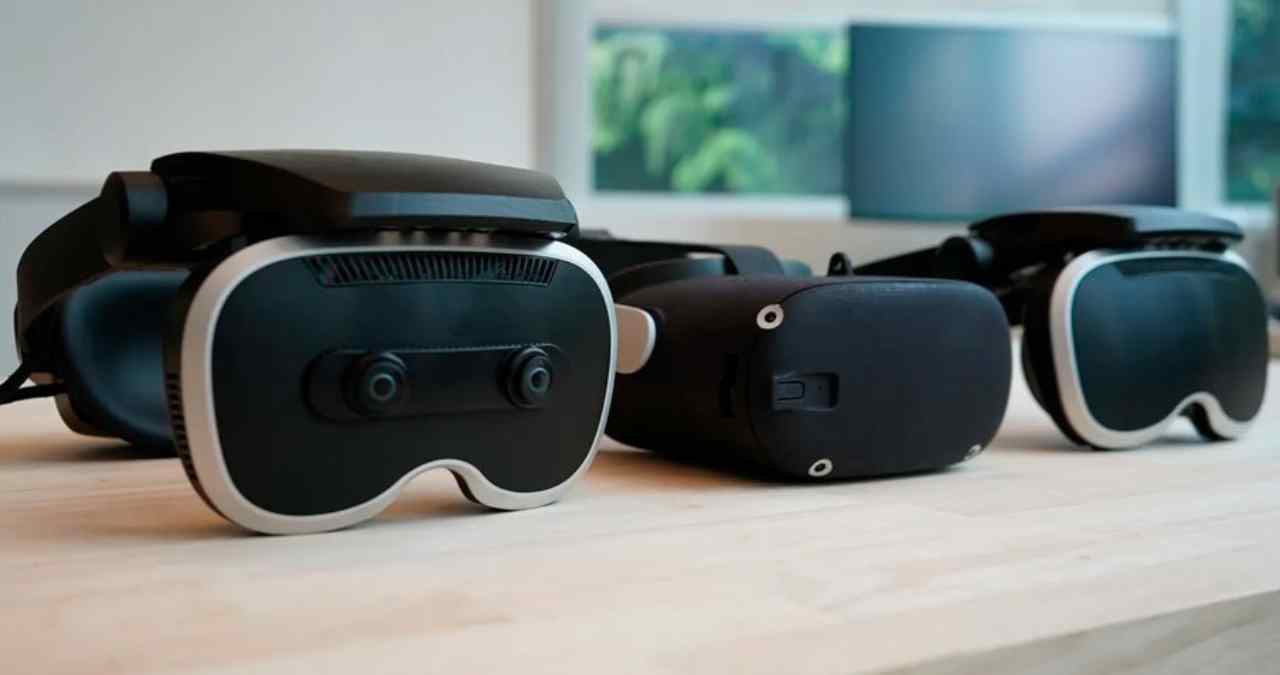While most VR hardware headlines revolve around gaming specs and entertainment ecosystems, DPVR continues to carve out space in the enterprise segment. Their latest model, the P1 Max, targets a very specific need: stable, customizable VR for business use not for fun, but for function.
The headset isn’t designed to compete with mainstream consumer devices like Quest or PSVR2. It’s for training simulations, industrial applications, and environments where headsets are used long hours, by many users, in often unpredictable conditions.
A Modular Build for Specific Industry Demands
One of the key features of the P1 Max is its modular hardware architecture. This allows different businesses to tweak and expand the headset’s functionality depending on their use case. That could mean adding custom sensors, adjusting the optics, or integrating third-party systems directly into the device.
This kind of flexibility isn’t common in mass-market VR gear, which usually prioritizes polish and simplicity over adaptability. For enterprise clients building out VR solutions in education, healthcare, or manufacturing, that tradeoff works in their favor.
Improved Cooling for Longer Sessions
Heat management is a major concern in industrial or training settings where VR headsets may run for hours at a time. The P1 Max addresses this with an upgraded active cooling system, helping prevent overheating and performance dips during long sessions.
This isn’t about squeezing extra frame rates out of a game engine. It’s about making sure the headset doesn’t throttle or shut down during a demo or a live training session. It’s a practical fix that speaks directly to enterprise use cases, not enthusiast benchmarks.
Stable Power and No Built-In Battery
Instead of a built-in battery, the P1 Max relies on a stable external power supply. That might seem like a step back from consumer design, but it eliminates the need for charging cycles and reduces thermal risk. For a business deploying dozens of units, it also simplifies logistics and uptime management.
This choice underlines the headset’s purpose. It’s meant to be plugged in, set up, and kept running not tossed into a backpack and taken on the go.
Display and Tracking Keep It Simple
The P1 Max uses a single LCD display at 3664×1920 resolution, and it’s expected to support standard 3DoF tracking. There’s no push toward high-end mixed reality features or cutting-edge passthrough. The emphasis remains on reliability, not flash.
While this limits its appeal for advanced simulation or motion-based gaming, it aligns with many educational and industrial use cases, where full positional tracking or hand presence might not be required.
Built for Environments Where VR Is a Tool
The P1 Max isn’t going to compete for space in a gamer’s living room. It’s meant for classrooms, training centers, sales floors, and factories. Its feature set — from the passive display spec to the absence of a battery reflects that mission clearly.For companies looking for customizable, stable hardware to run their own VR applications without being tied to a closed ecosystem, the P1 Max offers something few other headsets currently do: a workhorse, not a showpiece.
Virtual Reality Explorer & Game Reviewer
Always the first to plug in. VRSCOUT dives head-first into the most immersive VR worlds, analyzing mechanics, comfort, innovation, and that elusive “presence” factor. If he says it’s worth it, it probably is.




